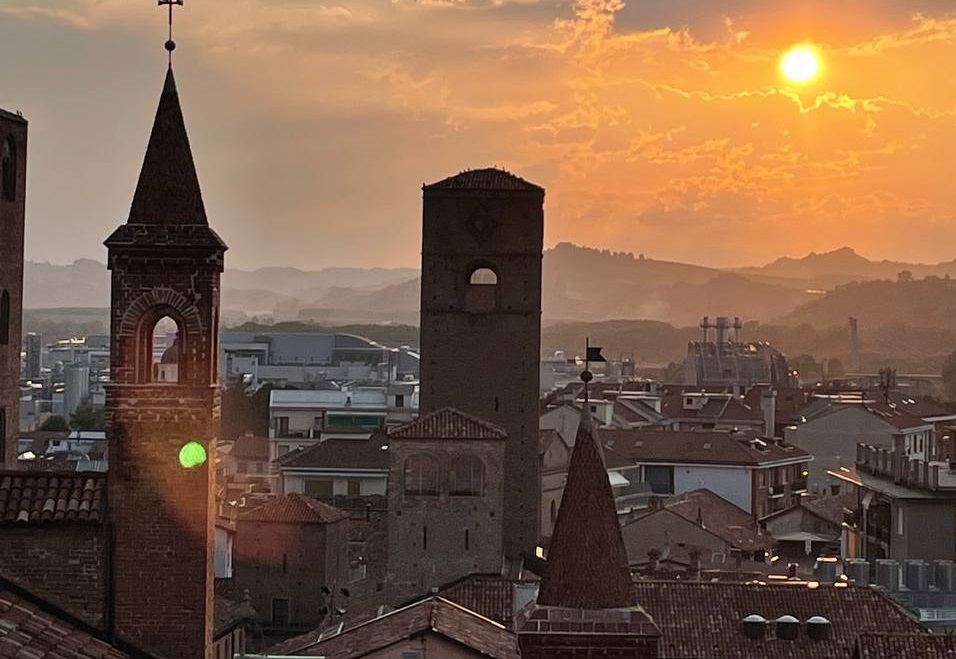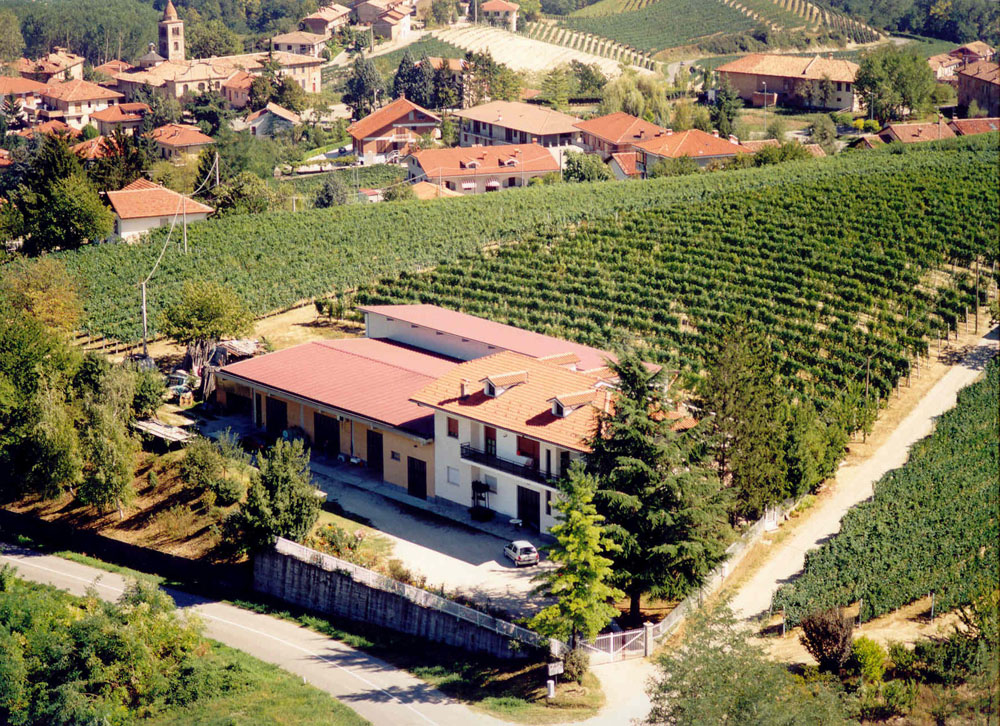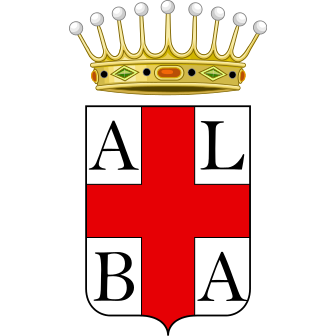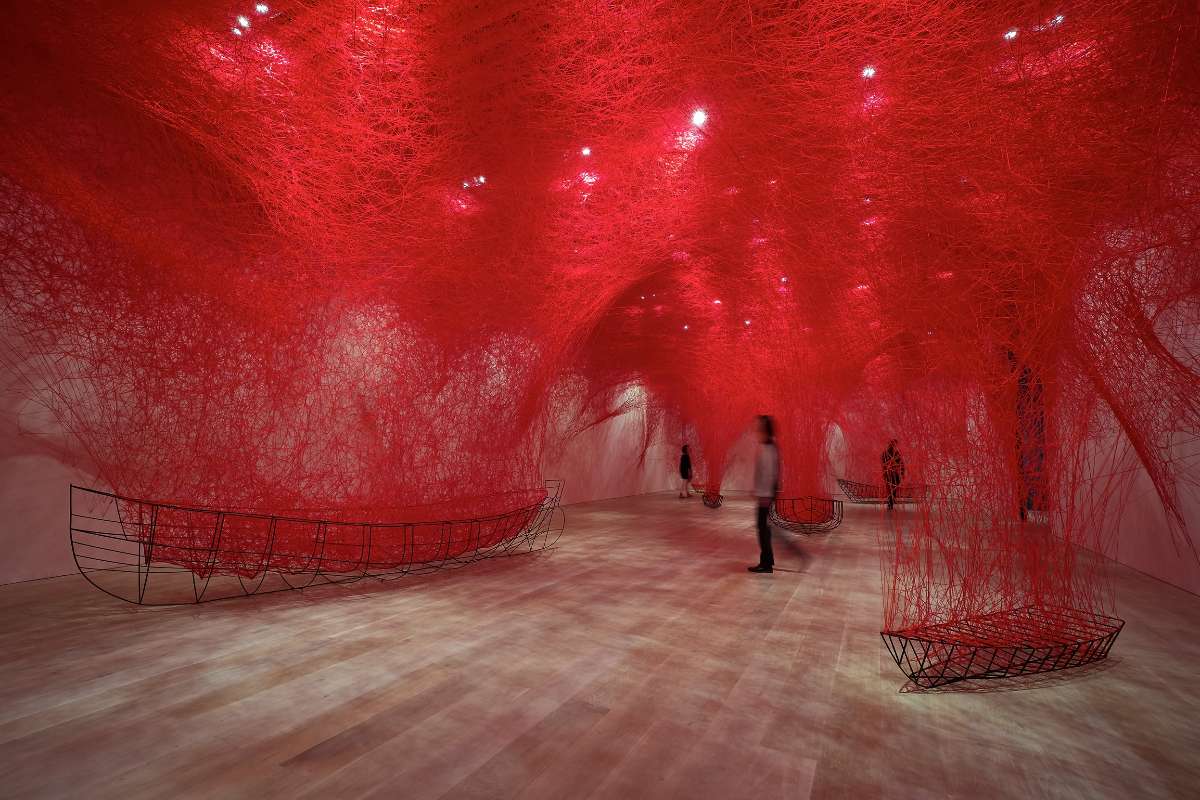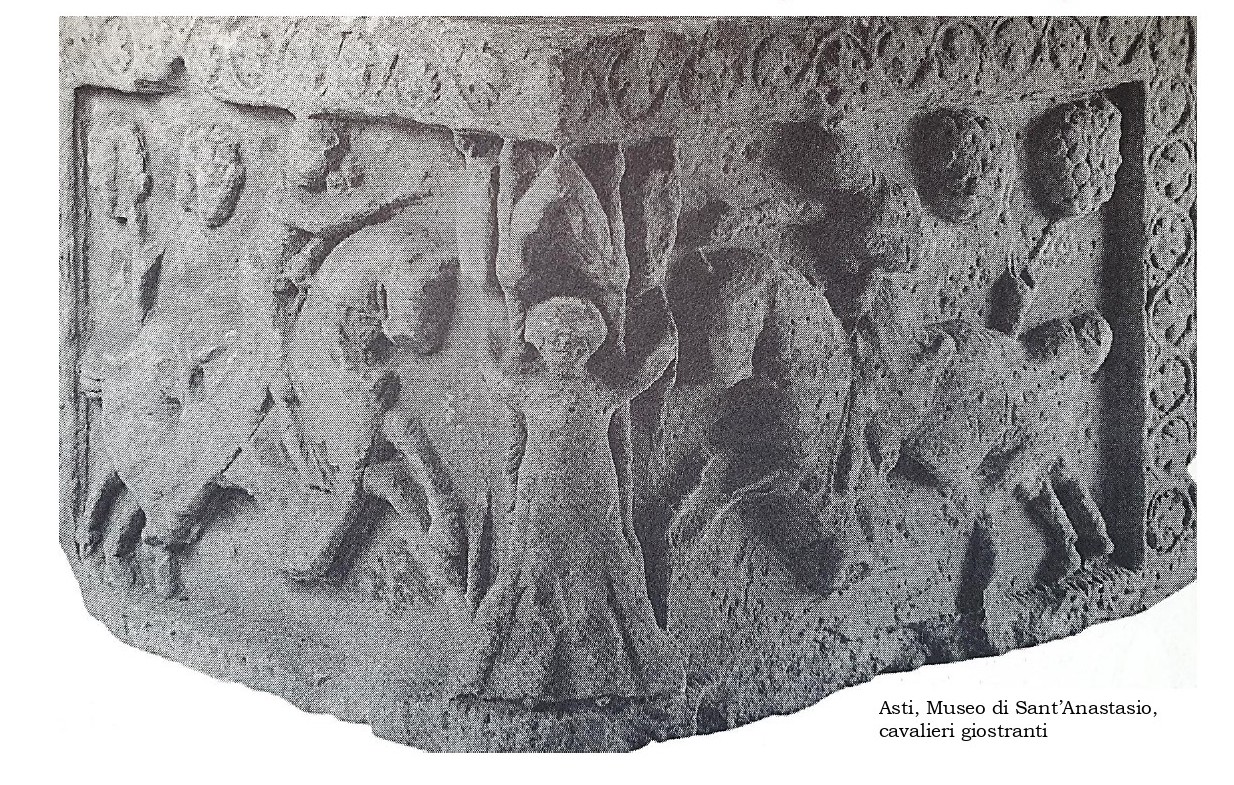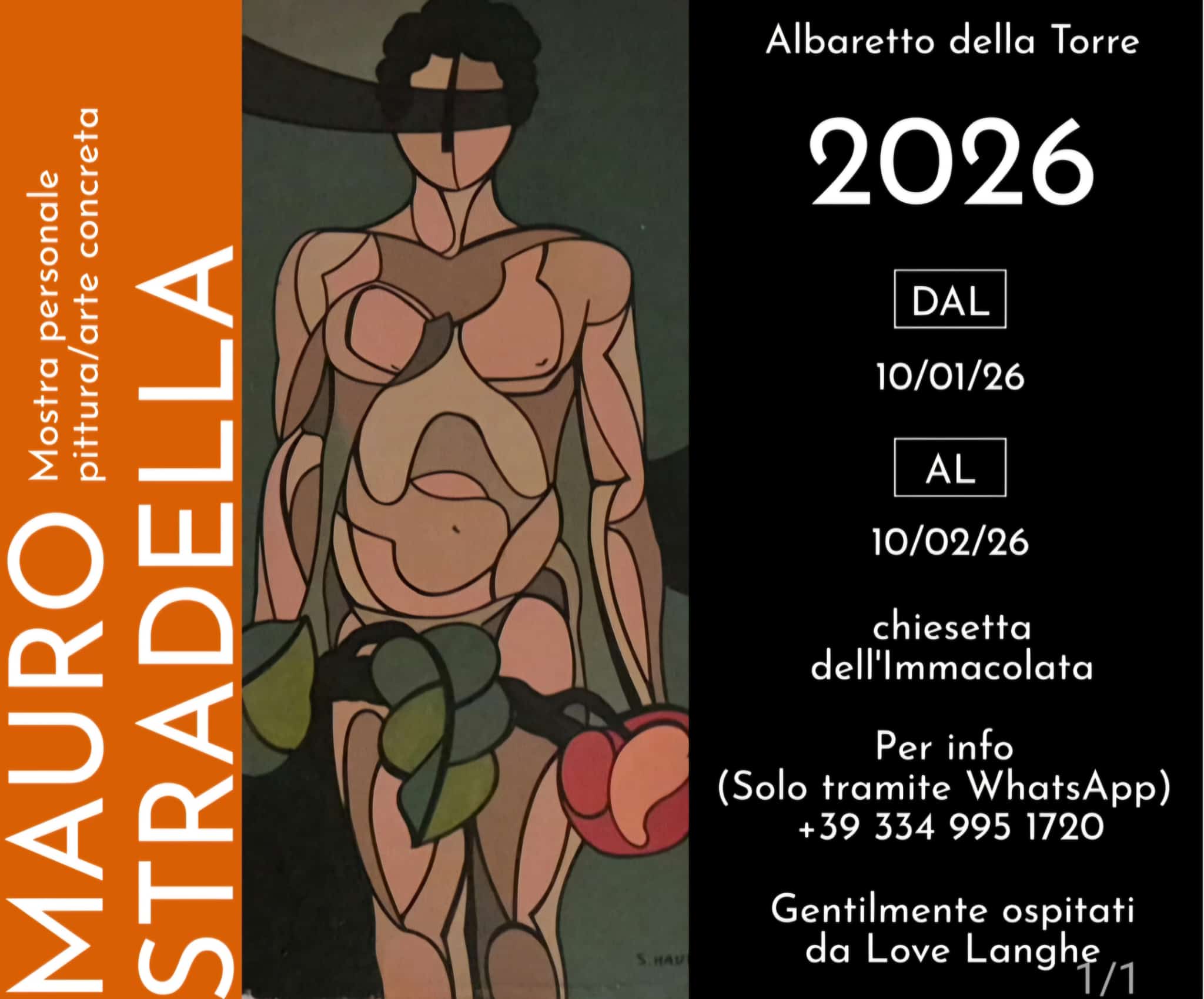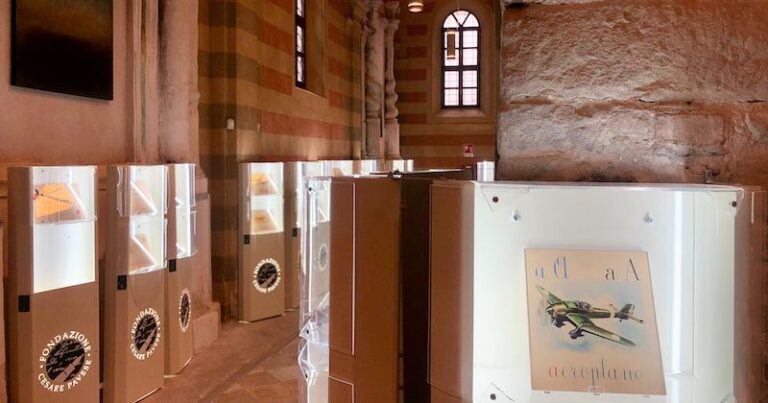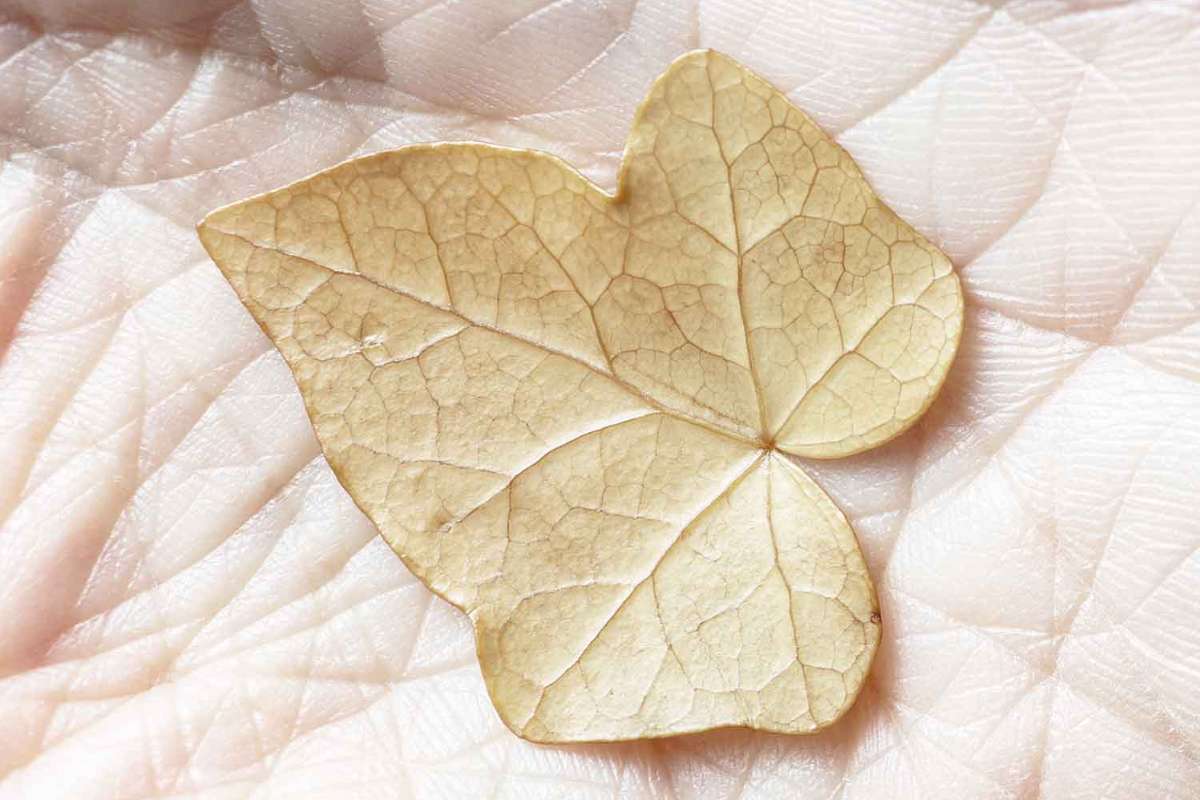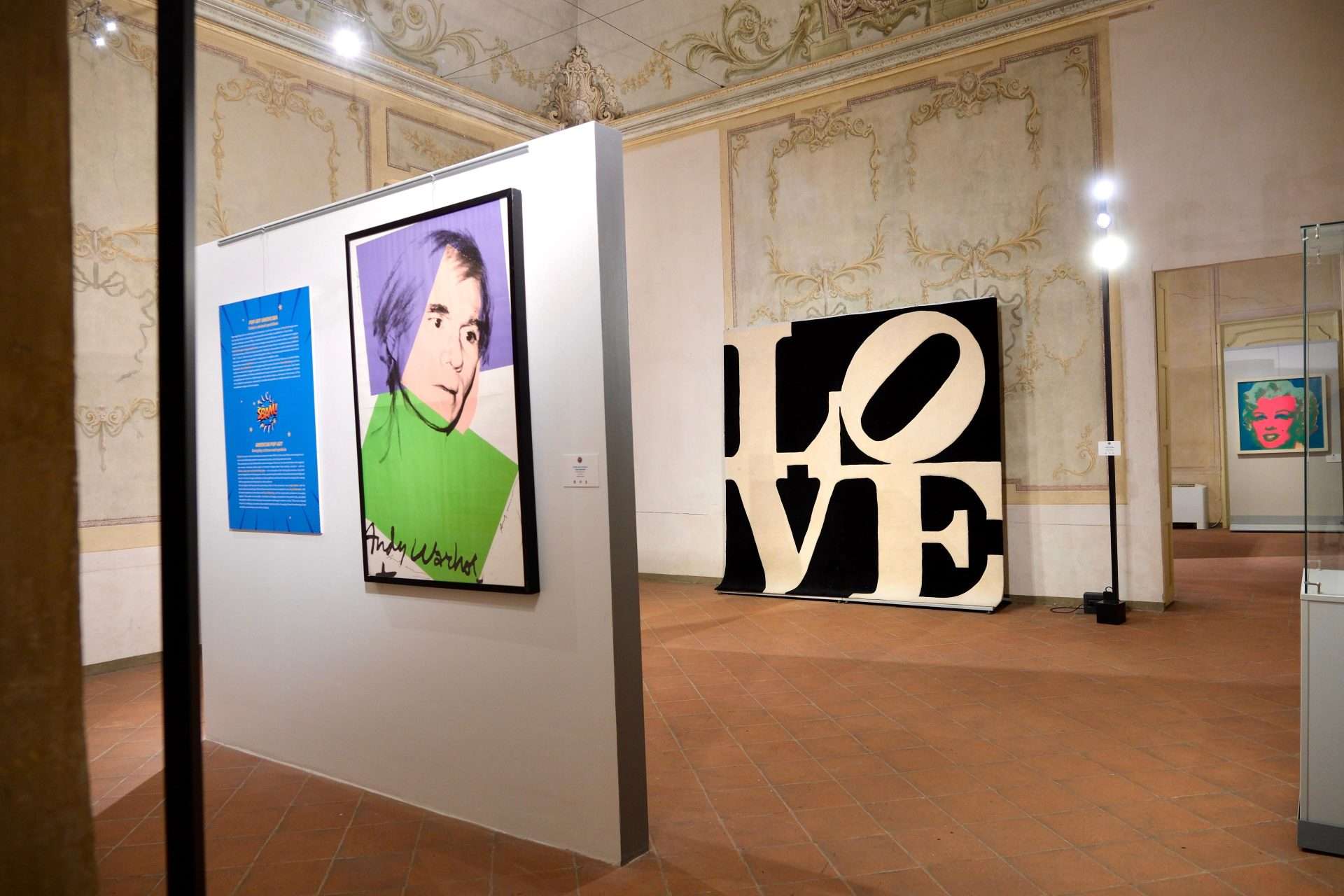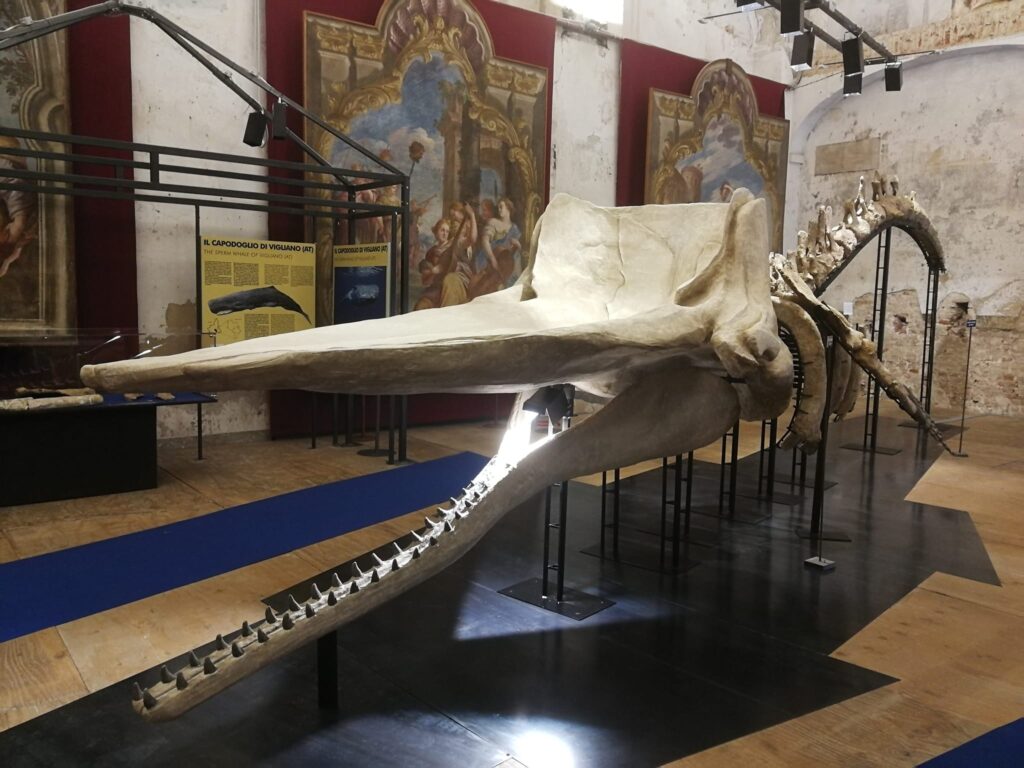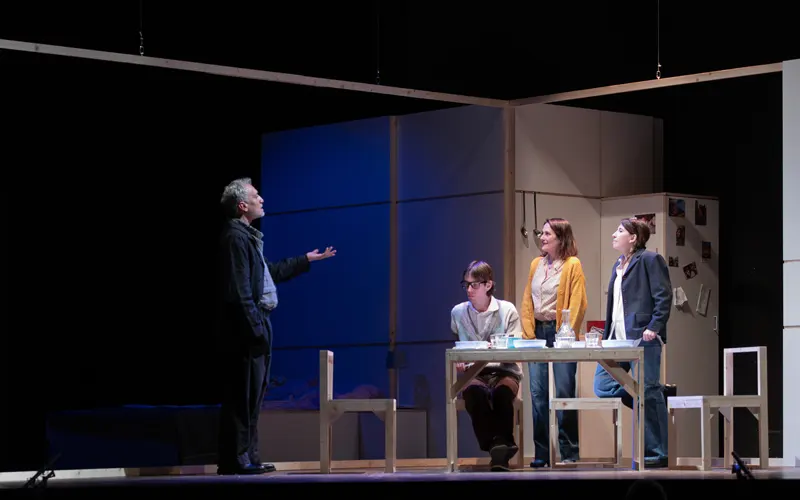Alba — Diocesan Museum
45 meters above Alba
Guided tours of the Cathedral bell tower, visit to the archaeological trail followed by a snack for all
from Sunday
30 June 2024
at 15:30
to Sunday
30 June 2024
at 18:00
The Romanesque bell tower of Alba Cathedral is one of the city’s most iconic monuments and characterizes its downtown skyline along with its medieval towers.
The Diocesan Museum’s guides will take you through the history of the Cathedral up to a height of 45 meters: in fact, by climbing up the steps between the walls of the two bell towers, you will reach the top of the ancient tower and from here you can admire the “city of 100 towers” from above.
The visit will continue in the archaeological trail under the Cathedral, where evidence of the city’s Roman and medieval past is preserved, brought to light through archaeological excavations conducted since 2007.
The afternoon will end, for all participants, with a snack in the flower garden of the Cathedral rectory with local products.
Two rounds are scheduled: 3:30 pm and 5:00 pm.
Organized by
MUDI – Museo Diocesano di Alba
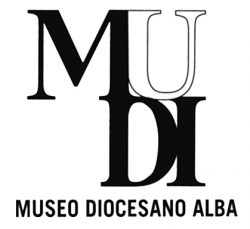
Begins
30 June 2024
Ends
30 June 2024
How to participate
10.00 € adults, guided tour + snack
5.00 € adults Torino Musei subscribers
6.00 € reduced from 6 to 14 years old
3.00 € reduced from 6 to 14 years old Torino Musei subscribers
Free under 6 years old
Groups will be created during the guided tour with limited seating so reservations are mandatory.
Indirizzo: MuDi - MUSEO DIOCESANO ALBA La Cattedrale Sotterranea, Piazza Rossetti, Alba, CN, Italia

Diocesan Museum
MuDi - MUSEO DIOCESANO ALBA La Cattedrale Sotterranea, Piazza Rossetti, Alba, CN, Italia
Directions ↝

